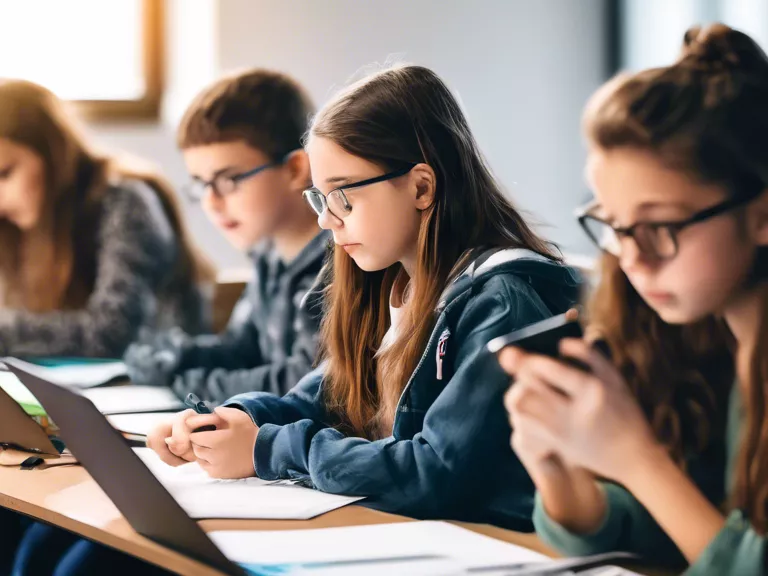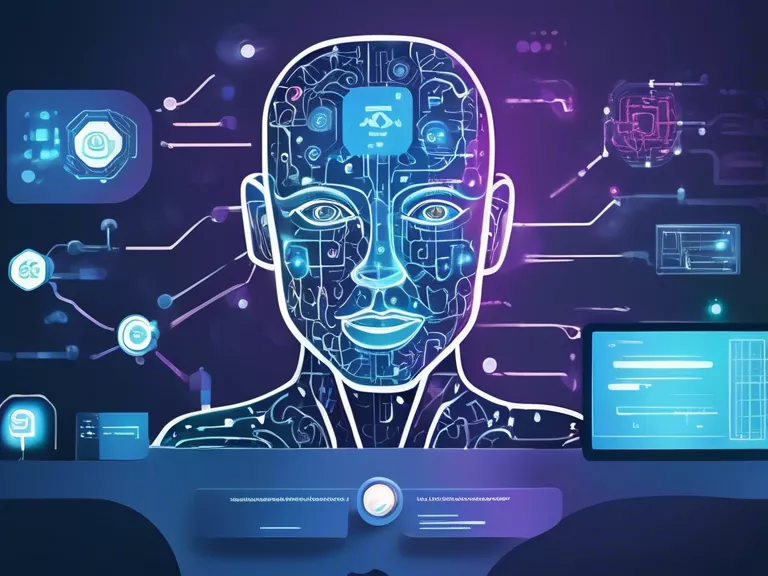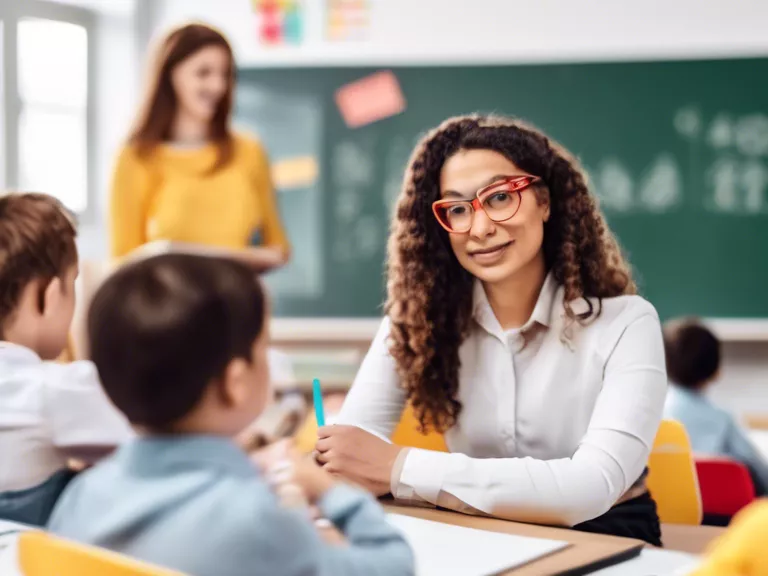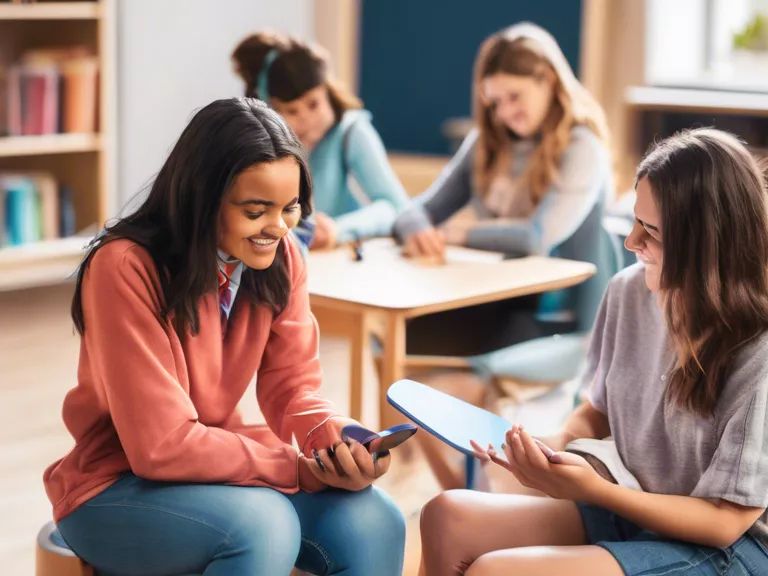
As technology continues to revolutionize the education sector, Artificial Intelligence (AI) is playing a crucial role in facilitating peer learning and collaboration in virtual classrooms. Gone are the days when students had to rely solely on teachers for knowledge dissemination; now, AI-powered tools are enabling students to learn from each other and work together on projects in a seamless virtual environment.
One way AI is enhancing peer learning is through personalized learning paths. AI algorithms analyze each student's strengths, weaknesses, and learning preferences to create individualized learning journeys. This ensures that students receive the information they need in a format that best suits their learning style. Additionally, AI-powered chatbots can provide immediate feedback and explanations to students, freeing up teachers to focus on more complex tasks.
Collaboration is another area where AI is making a significant impact in virtual classrooms. AI-powered platforms can match students with similar interests or complementary skills, making group projects more effective. These platforms can also monitor group dynamics in real-time, alerting teachers to any issues that may arise and suggesting strategies to improve collaboration.
Furthermore, AI is helping to break down language barriers in virtual classrooms. Language translation tools powered by AI can facilitate communication between students who speak different languages, opening up new opportunities for collaboration and learning.
In conclusion, AI is revolutionizing peer learning and collaboration in virtual classrooms by personalizing learning paths, facilitating group projects, and breaking down language barriers. By harnessing the power of AI, educators can create a more interactive and engaging learning environment that fosters collaboration and knowledge sharing among students.



